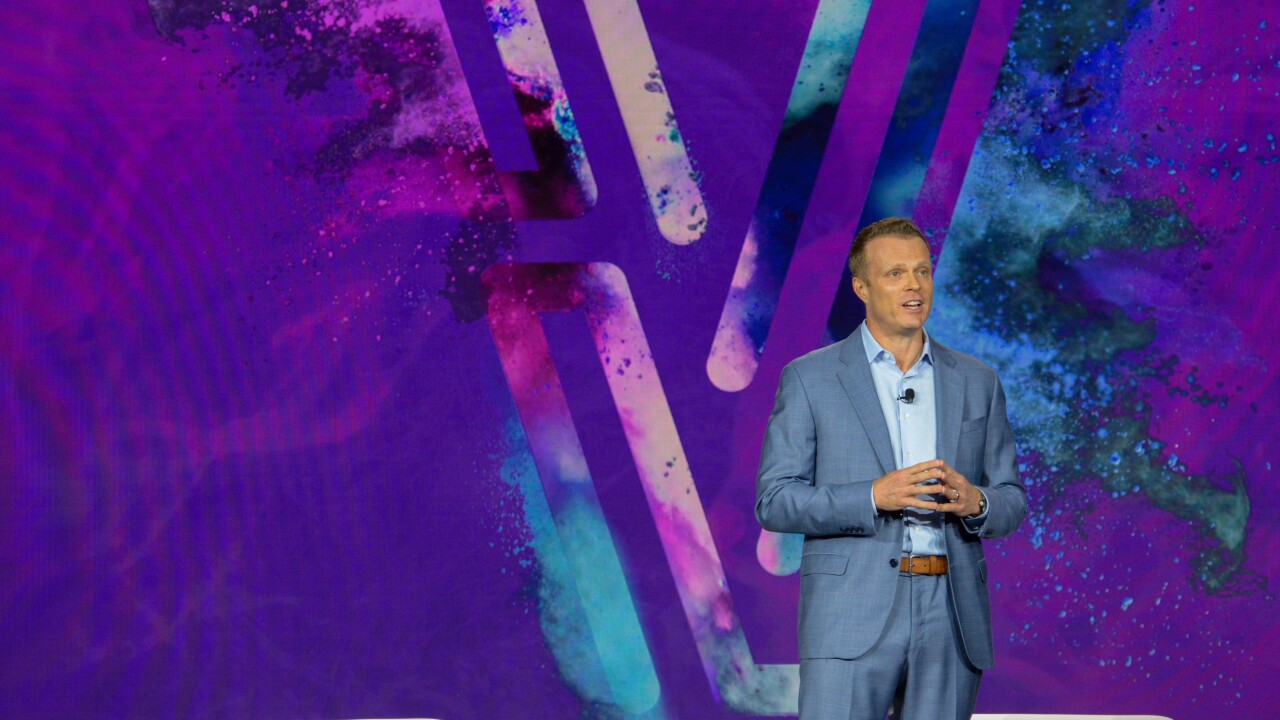One of the goals behind Canada's payments overhaul is to get it right the first time.
"The analogy I often give is to a network of roads and bridges. We want to establish the underlying infrastructure in a way that doesn't require change each time there is a new innovation," said Jan Pilbauer, executive director of modernization and CIO of Payments Canada.

At the onset, Payments Canada has selected three companies to compete to build Lynx, the company's core clearing and settlement service. This will handle large value payments, retail transactions and provide a mechanism to implement monetary policy by the Bank of Canada.
"While our existing platforms perform well in a static environment, the rules and aging technology will not accommodate change that will be needed to support the evolution of payments and implementation of new functionality, like faster payments," Pilbauer said.
The three companies, including Italian transaction technology provider SIA, U.K.-based faster payments specialist Vocalink, and Canadian financial services technology provider CGI, did not comment by deadline.
While there are other important elements to the project, the core clearing and settlement system will drive much of the innovation that comes next, Pilbauer said.
"The payments landscape is evolving so rapidly. What we do at the core needs to support evolution on the front end," Pilbauer said. "It needs to be leveragable by any new innovation."
Canada is already flush with new payments deployments.
And Canada is a hotbed of innovation.
Having the right core system to handle payments means this innovation can continue with minimal friction, according to Pilbauer.
"We didn't need to change the underlying infrastructure of highways when electric cars started, or when Uber was introduced; and we likely won't have to when driverless cars become the norm," Pilbauer said. "Yes, the rules may shift and the behaviors will change, but the foundation remains safe, secure and leveragable."
The three stages in the competition include a iteration on the project's requirements, proof of concept and final proposals. Payments Canada expects the process will take about six months, with a final decision in the fall. The competitive dialogue is particularly useful for complex purchases because of the more open information flow, Pilbauer said.
"While we have established a robust set of high-level requirements for the suppliers to respond to, they have experiences and insights that would make the final solution better than what we could have anticipated," Pilbauer said. "It also maintains a very positive, competitive dynamic. Combine that with the fact that innovation is encouraged, and we are more likely to achieve an optimal outcome."
Getting banking systems and processes prepared in advance of real time payments is a significant undertaking and requires some new thinking, said Sarah Grotta, a director of the debit advisory service at Mercator.
"It changes an incredible number of platforms, processes and interfaces," Grotta said. "Particularly when you think about the current core clearing systems that operate five days a week for much of its functionality and through batches, immediate payments is transformative," Grotta said. "There is a concern, too, to think about how to build for the inevitable future changes."
Beyond Lynx, Payments Canada has an aggressive timetable. The next stage will address finding a systems integrator and a hosting provider to operate the new payment system. That could open the door for other technology companies.
For example, other contracts could go out to a company to power real-time payments. Payments Canada may also use the competitive dialogue process for these other projects, Pilbauer said. The first, most notable changes to come are enhancements to Canada's batch payments system that will deploy in 2018, including same-day payments with faster funds availability.
There are also collaborative ventures. A project called Jasper involves a partnership between Payments Canada, the Bank of Canada, Canadian financial institutions and the bank-powered distributed ledger consortium R3 to test new technology for settlement. "While our research shows this technology is not yet ready…it helps to guide our decision making on modernization and prepare for future enhancements," Pilbauer said.





